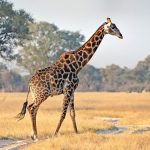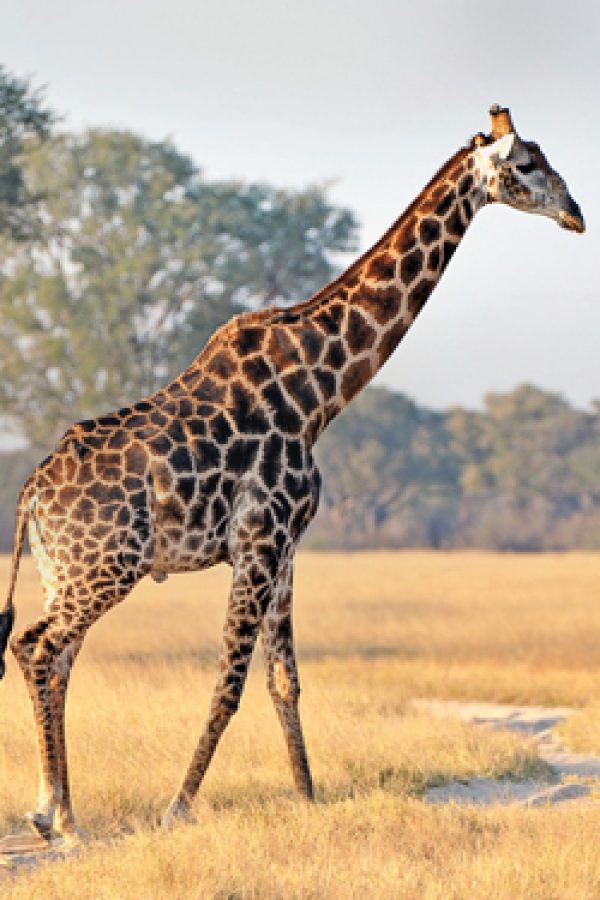

This ancient crater is a sheltered haven for wildlife, harboring nearly all of East Africa’s iconic species. It is the protected World Heritage Site by UNESCO and an International Biosphere Reserve, the Ngorongoro Conservation Area is situated some 190 km. west of Arusha, between Lake Manyara and Serengeti National Parks with an approximately 8,288 square km, in addition to first-rate game viewing the Ngorongoro Conservation Area consists of the Ngorongoro Crater itself, the Olduvai Gorge and Ndutu, the Empakai crater and the Oldonyo Lengai Mountain.
The Ngorongoro Conservation Area is a pioneering experiment in multi-purpose land use where people (the Maasai), their livestock and wildlife coexist and share the same protected habitat.
Wild animals are protected as in the National Parks. The craters of Ngorongoro and Empakai are reserved exclusively for wildlife, while the rest of the Conservation Area is shared by wildlife, people and livestock. The Maasai, the main residents of Ngorongoro, are pastoralists who move widely with their herds of cattle, sheep, goat and donkeys in search of pasture and water. In recent years the Maasai have been encouraged to work on the land and supplement their traditional diet of milk, blood and meat. The Ngorongoro Crater, which is the central attraction in the area, is the largest Caldera in the world that has its walls intact. The Ngorongoro Crater floor, a sheer drop of 610 metres below the crater rim, and the flat crater floor has an area of 265 sq. km, with a diameter of 19 km. The sight of the Ngorongoro Crater is simply stunning.
The crater floor is covered with plains animals, including wildebeest, zebra, gazelles, elands, rhino, and a large predator population of lions, hyena and jackal which can all be viewed at close quarters. Cheetah and leopard can also be seen here. The rainy season is between November and May. The altitude at the crater rim is about 2286 meters above sea level, and temperatures can get quite chilly in the evening. It is more than just the crater; the highlands are beautiful and unique landscape with alkaline soda lakes, a series of peaks and volcanoes, dense rain forests, and the remote Maasai villages. The crater is a sight to always remember.
There are two rainy seasons across the Park, from April to May and during the month of November characterized by magnificent thunderstorms. Therefore we advise our esteemed customers to pay a visit from January, February, March, July, August, September and December.


We believe travel is so much more than just getting from one point to another.
Copyright © 2024 Muzuri-Tours